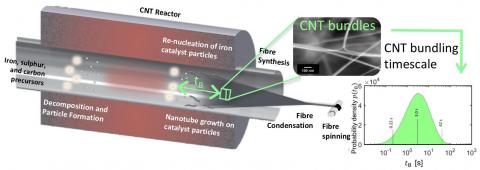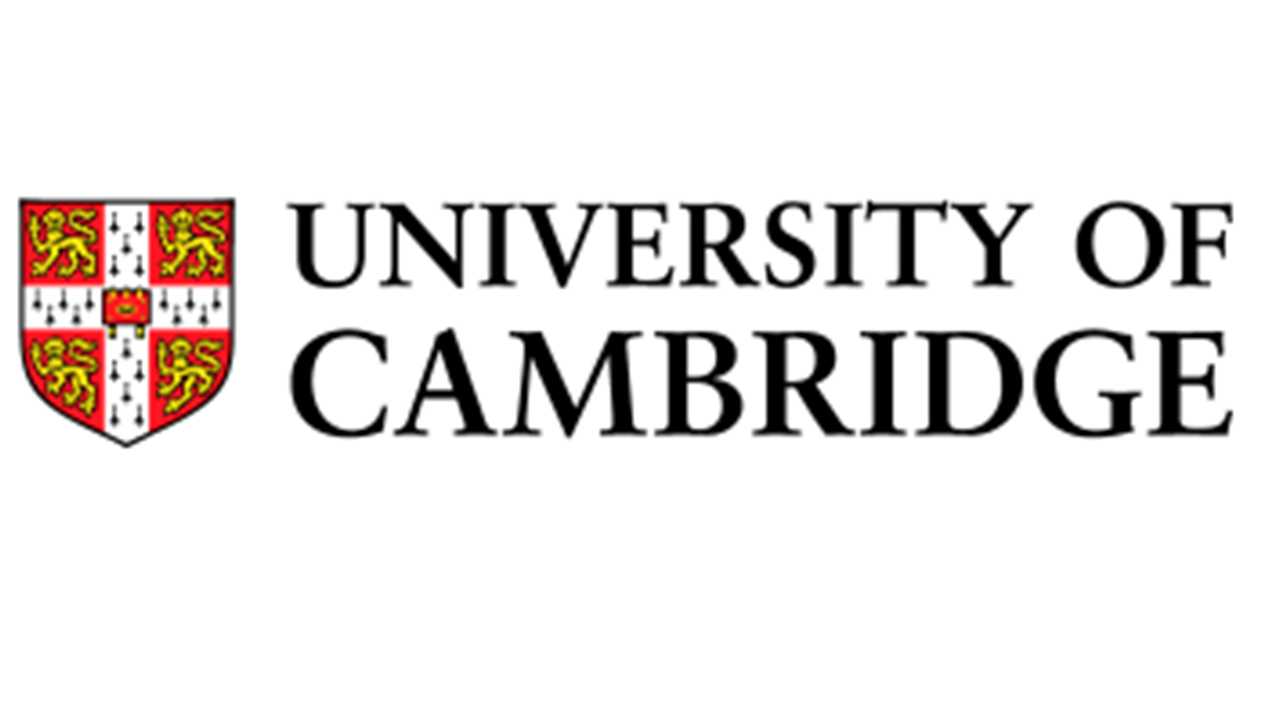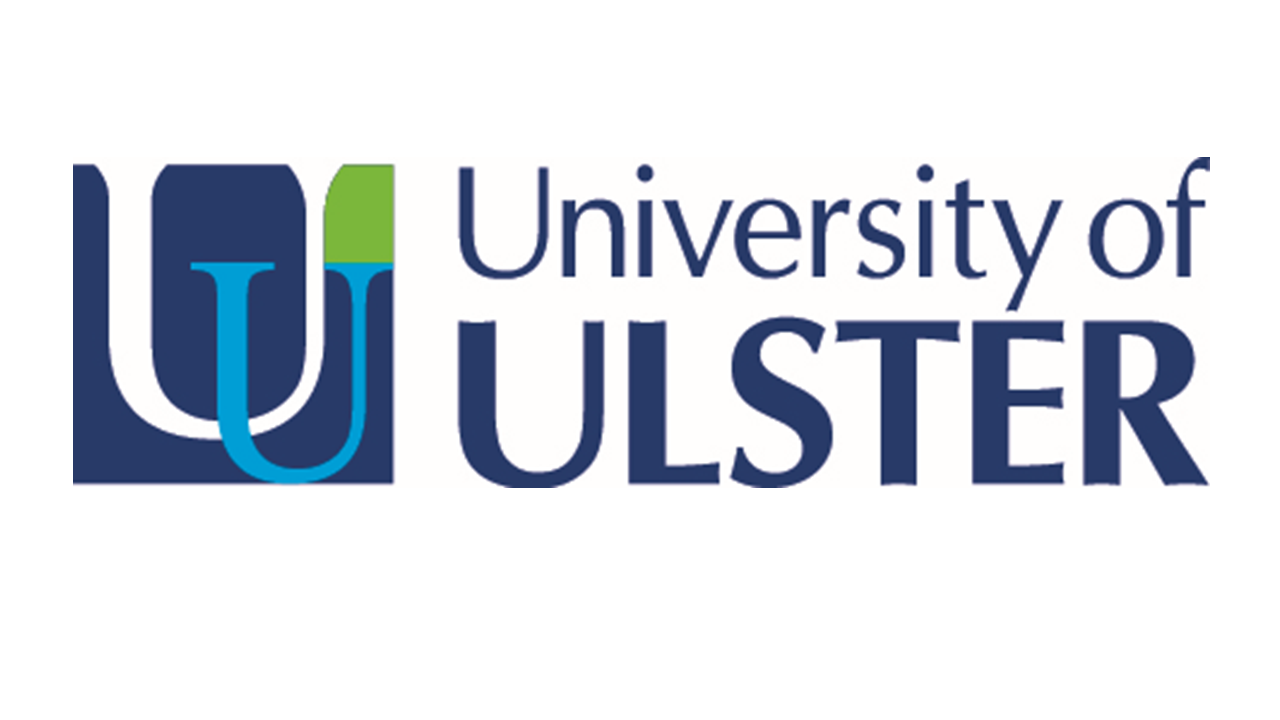The direct spinning of CNT aerogels from a FC-CVD reactor starts from simple precursors for Fe, S, and C. Recent studies using aerosol sampling methods have shown insights into the chemistry driving the process. The product is mainly synthesised from pyrolytic carbon species, not the C precursor. Also, the product CNTs are made by re-nucleation of catalyst nanoparticles. highlighting a new role of sulphur in stimulating the catalyst particle nucleation process. Understanding of CNT collision timescales necessary for aerogel formation is crucial to process scale-up. Stochastic calculation, accounting for parameters such as CNT length, diameters and number of CNTs per bundle gave a typical bundling time of 3s, agreeing well with experiments. Further, the interdependence of variables (e.g. alteration in reactant flows changing both concentrations and residence times) means that few publications provide quantitative correlations between precursor input rates and product quality or yield. A parameter-space mapping exercise, correlating published atomic input rates with product outputs reveals metrics spanning several orders of magnitude. The resulting trends demonstrate the key process parameters necessary for direct spinning and relationships between them. Figure Caption: Direct Spinning of CNTs showing aerogel formation from sulphur-driven re-nucleation of catalyst nanoparticles, CNT bundles and the characteristic time for CNT bundle formation




